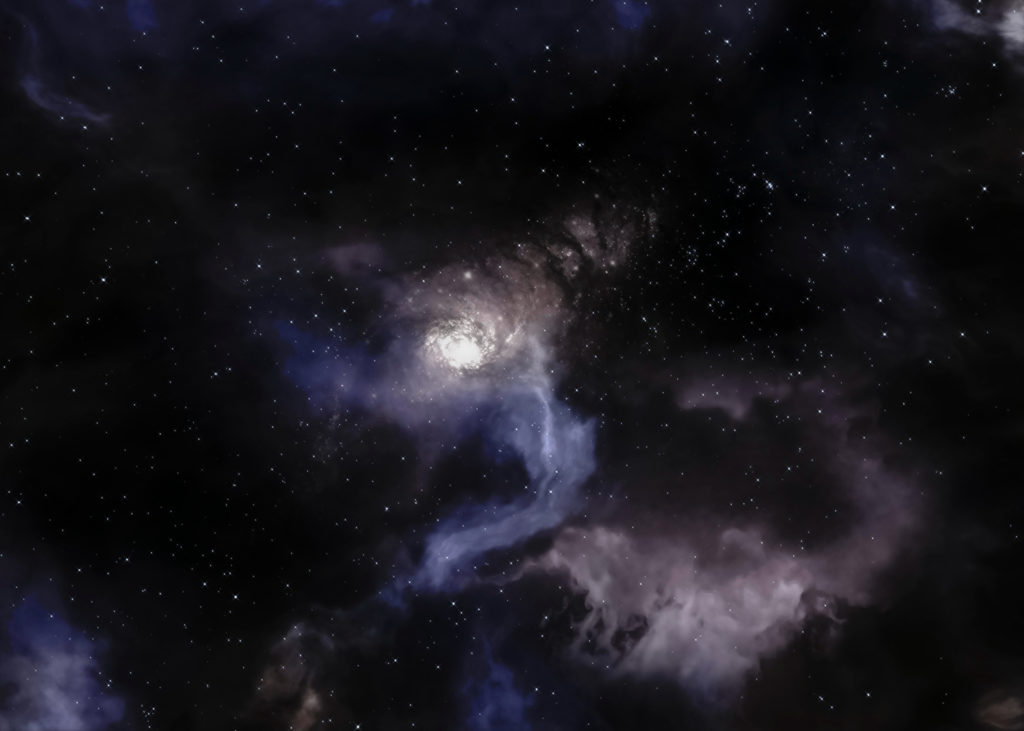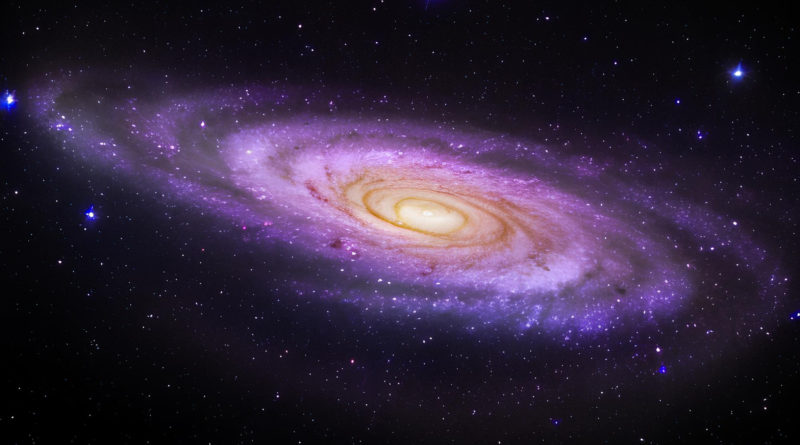Unlocking Galactic Secrets: A Groundbreaking Map Reveals the Milky Way’s Core
The Quest to Map the Unknown
In an ambitious venture funded by NASA, a dedicated team from Villanova University embarked on a quest to chart the unexplored territories of our home galaxy, the Milky Way. Led by the esteemed Professor David Chuss, the group set out to decipher the mysteries lying at the very heart of the galaxy. Over a period of four years, this endeavor aimed to create an unprecedented map that would reveal the intricate interactions between the galaxy’s magnetic fields and the enigmatic cold dust clouds residing in its core.
The Central Molecular Zone: A Cosmic Enigma
At the crux of the Milky Way lies the central molecular zone, a vast expanse teeming with approximately 60 million solar masses of dust. This region, shrouded in mystery, exhibits temperatures hovering near minus 432.7 degrees Fahrenheit, a chilling proximity to absolute zero. Here, the cold dust intertwines with a hotter, ionized gas known as plasma, creating a complex tapestry of elements essential to the galaxy’s lifecycle. The central molecular zone serves as a cosmic laboratory, where the birth of stars and the formation of planets unfold, setting the stage for the potential emergence of life.
Harnessing the Power of SOFIA: The FIREPLACE Project
To pierce the veil of the Milky Way’s heart, the research team employed the Stratospheric Observatory for Infrared Astronomy (SOFIA), a cutting-edge telescope mounted aboard a Boeing 747. Soaring to altitudes of 45,000 feet, SOFIA transcended the Earth’s atmospheric limitations, allowing for clear, uninterrupted observations of the infrared universe. The Far-Infrared Polarimetric Large Area CMZ Exploration (FIREPLACE) project was born from this unique vantage point, spanning nine flights to meticulously map the core’s magnetic and dust components.
A Symphony of Dust and Magnetism
The map produced by FIREPLACE represents a landmark achievement in our understanding of the Milky Way. By examining the polarization of light emitted from dust particles aligned along magnetic fields, the researchers uncovered the hidden structure of these fields. The resulting map, a kaleidoscope of warm and cool dust, alongside the glowing filaments of radio waves, paints a vibrant picture of the galactic core. Warm dust, depicted in pink hues, contrasts with the serene blue of cooler clouds, while the filaments radiate in yellow, tracing the magnetic currents flowing through this celestial forge.

Navigating the Magnetic Labyrinth
The intricate patterns of magnetic fields revealed by the map offer a glimpse into the complex dynamics governing the heart of the Milky Way. Professor Chuss highlighted the variability of magnetic orientations across the central molecular zone, underscoring the nuanced relationship between the fields and the interstellar dust. This intricate dance between magnetism and matter is a critical piece of the puzzle in understanding galactic evolution and the processes fueling star formation.
Toward a Unified Theory of Galactic Dynamics
One of the most tantalizing discoveries from the FIREPLACE project is the potential linkage between the large-scale magnetic field of the galaxy’s disk and the distinct vertical fields observed in the galactic center. This observation suggests a profound connection within the Milky Way’s magnetic structure, hinting at a unified framework that could explain the behavior of dust and magnetism across the galaxy. As the team delves deeper into the data collected by SOFIA, the hope is to inspire theoretical physicists to craft new models that could illuminate the workings of our galaxy’s heart.
The Journey Ahead
While the map of the Milky Way’s core marks a significant milestone in our cosmic exploration, it also opens the door to new questions and avenues of research. The detailed imagery and data provided by FIREPLACE serve as a foundation upon which future studies will build, driving forward our quest to unravel the mysteries of the universe. As we stand on the brink of these new frontiers, the potential for discovery is boundless, promising to deepen our understanding of the cosmos and our place within it.

